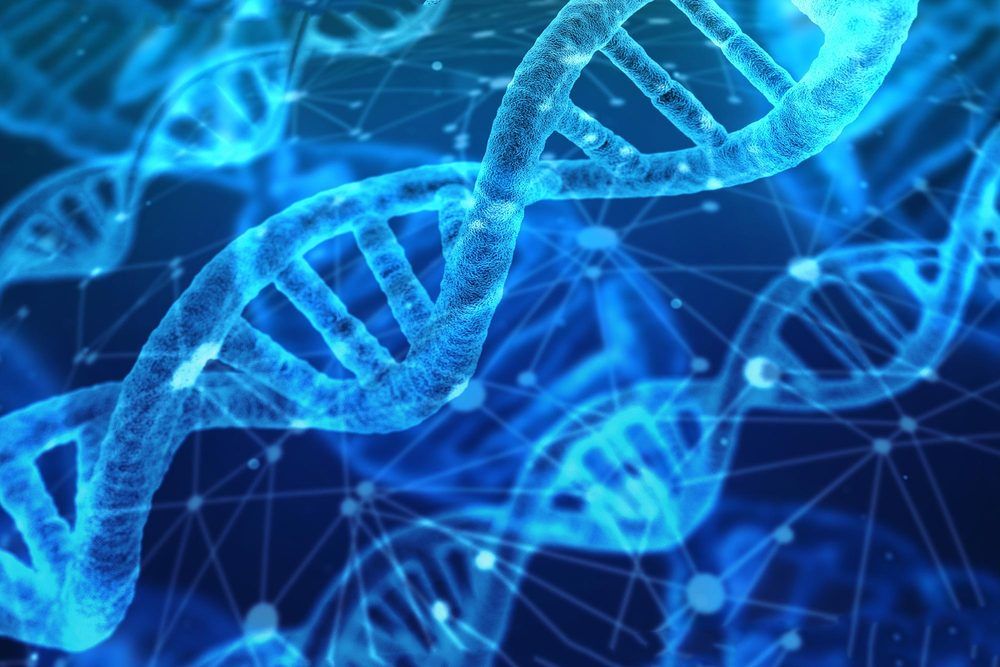Future biotechnology could make prison a lot less expensive.
The shocking case of Amanda Berry, 27, Gina DeJesus, 27, and Michele Knight, 32, all of whom were abducted as long as 11 years ago, provides fresh hope for parents still grappling with their own child’s disappearance.
Thousands of people go missing in the United States each year and many are never heard from again.
According to the National Center for Missing and Exploited Children, roughly 800,000 children are reported missing each year in the United States — that’s roughly 2,000 per day. Of those, there are 115 child “stranger abduction” cases each year, which means the child was taken by an unknown person.
Scientists in Austria have developed wafer-thin tattoo electrodes for recording brain activity, which are also “dry” and therefore do not require a gel medium to function.
It can be a gastrointestinal disease causing only diarrhea and abdominal pain. It can cause symptoms that may be confused with a cold or the flu. It can cause pinkeye, a runny nose, loss of taste and smell, muscle aches, fatigue, diarrhea, loss of appetite, nausea and vomiting, whole-body rashes, and areas of swelling and redness in just a few spots.
In a more severe disease, doctors have also reported people having heart rhythm problems, heart failure, kidney damage, confusion, headaches, seizures, Guillain-Barre syndrome, and fainting spells, along with new sugar control problems.
It’s not just a fever and coughing, leading to shortness of breath, like everyone thought at first.
Mathematicians were shocked when a graduate student worked through a decades-old problem in just a few days. University of Texas at Austin mathematician Lisa Piccirillo learned about the Conway knot—a knot with 11 crossings, so named for the late mathematician John Horton Conway—from a colleague’s talk during a conference. Within a week, she’d solved the longstanding problem of whether or not the special knot was slice. (It’s not.)
Maximizing the protection of life on Earth requires knowledge of the global patterns of biodiversity at multiple dimensions, from genetic diversity within species, to species and ecosystem diversity. Yet, the lack of genetic sequences with geographic information at global scale has so far hindered our ability to map genetic diversity, an important, but hard to detect, biodiversity dimension.
In a new study, researchers from the Universities of Copenhagen and Adelaide have collected and georeferenced a massive amount of genetic data for terrestrial mammals and evaluated long-standing theories that could explain the global distribution of genetic diversity. They found that regions of the world rich in deep evolutionary history, such as Northern Andes, the Eastern Arc Mountains, Amazonia, the Brazilian Atlantic forest, the central America jungles, sub-Saharan Africa and south-eastern Asia are also strongholds of genetic diversity. They also show that the relatively stable climate in these regions during the past 21’000 years contributes significantly to this intraspecific richness.
“Genetic diversity within species is a critical component of biodiversity, playing two important roles at the same time. It reflects species evolutionary history and defines their capacity to adapt under future environmental change. However, and despite the predictions of major biodiversity theories, the actual global distribution of genetic diversity remained, so far, a mystery. Recent collective efforts to populate public databases with genetic sequences and their localities allowed us to evaluate these theories and generate the first global maps of genetic diversity in terrestrial mammal assemblages”, says Spyros Theodoridis, Postdoctoral Researcher at the Center for Macroecology, Evolution and Climate, GLOBE Institute, and lead author of the study.
Are you willing to isolate yourself in the name of science? It should simulate future missions to the Moon and Mars.
Detecting extrasolar rocky planets capable of hosting life will depend in part on decoding their surface reflectivity and colors.
Zhou Yi was terrible at math. He risked never getting into college. Then a company called Squirrel AI came to his middle school in Hangzhou, China, promising personalized tutoring. He had tried tutoring services before, but this one was different: instead of a human teacher, an AI algorithm would curate his lessons. The 13-year-old decided to give it a try. By the end of the semester, his test scores had risen from 50% to 62.5%. Two years later, he scored an 85% on his final middle school exam.
“I used to think math was terrifying,” he says. “But through tutoring, I realized it really isn’t that hard. It helped me take the first step down a different path.”
Replicating reality
Posted in chemistry, computing, neuroscience, quantum physics
Molecular dynamics is at the point of simulating bulk matter – but don’t expect it to predict the future.
The TV series Devs took as its premise the idea that a quantum computer of sufficient power could simulate the world so completely that it could project events accurately back into the distant past (the Crucifixion or prehistory) and predict the future. At face value somewhat absurd, the scenario supplied a framework on which to hang questions about determinism and free will (and less happily, the Many Worlds interpretation of quantum mechanics).
Quite what quantum computers will do for molecular simulations remains to be seen, but the excitement about them shouldn’t eclipse the staggering advances still being made in classical simulation. Full ab initio quantum-chemical calculations are very computationally expensive even with the inevitable approximations they entail, so it has been challenging to bring this degree of precision to traditional molecular dynamics, where molecular interactions are still typically described by classical potentials. Even simulating pure water, where accurate modelling of hydrogen bonding and the ionic disassociation of molecules involves quantum effects, has been tough.







